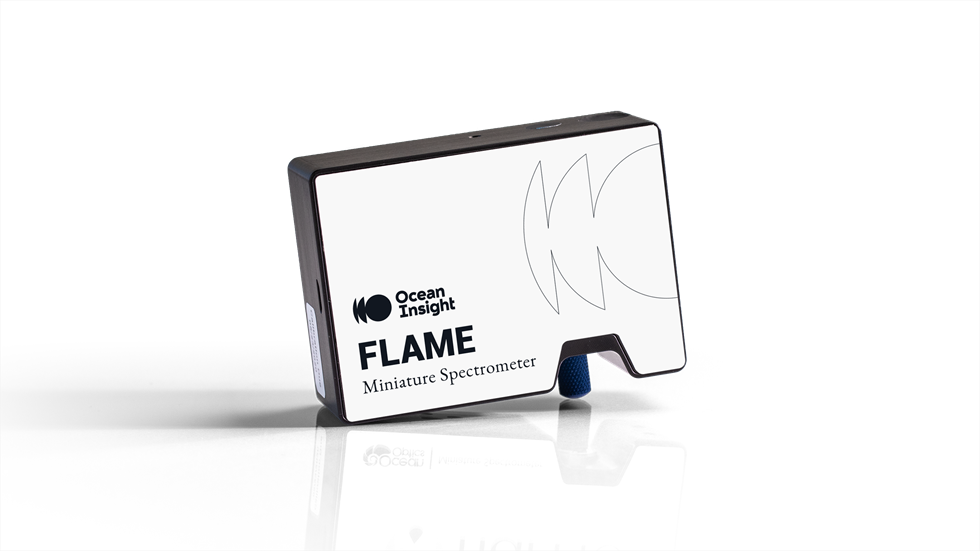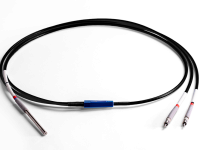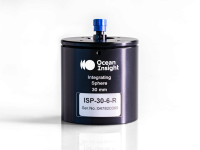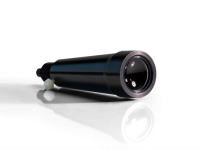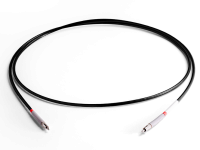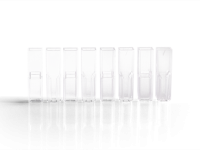Flame
User changeable slits— This is a huge benefit made possible by a unique manufacturing approach. The slits are laser cut in finished slit assemblies. This makes it possible to change slits without changing the wavelength calibration. You can use the same unit for high optical resolution applications such as atomic emission, and low light level applications like fluorescence.
Thermal Stability — Mechanical designs that are more a-thermal reduce wavelength and amplitude shifts with temperature. The biggest improvement comes from changing how the detector is mounted. We moved from the circuit card to its own thermally designed metal base.
Unit to Unit Reproducibility — a sub-micron controlled robotic alignment and calibration. We captured 20 years of spectroscopy craftsmanship into robust and precise algorithms and real time optimization of all optical degrees of freedom.
Toshiba and Sony Detectors — The Toshiba has smaller more numerous pixels which helps when looking for the finest optical resolution, the SONY has less image lag which makes it best for pulsed stimulated emission applications or using pulsed light sources. For everything else they are pretty much comparable.
Modular — configurable to your application within the wavelength range 200-850 nm
Compatible — works with Ocean Insight light sources, accessories and software
Easy to use — plug and play via the micro USB connection
User interchangeable slit — vary the resolution and throughput of the spectrometer on demand
Indicator LEDs — indicator of power and data transfer status at all times
Compact and lightweight — 89.1 mm x 63.3 mm x 34.4 mm and just 265 g
Specifications
| Part Name | Detector | Electronics | Dimensions | Spectroscopy |
|---|---|---|---|---|
| FLAME-T-UV-VIS FLAME-T-UV-VIS-ES | Linear Silicon CCD Array Entrance slit: 25 µm Grating: GRATING_#1 Pixels: 3648 | A/D Resolution: 16 bit Connectors: USB high density 40 pin JAE DD4 connector Inputs/Outputs: 8 x user programmable GPIOs Trigger Modes: 4 modes | 89.1 mm x 63.3 mm x 31.9 mm (34.4 mm with feet) Weight: 265 g | Integration Time: 3.8ms – 10s Optical Resolution: 1.34 nm FWHM (typical) Wave Length Range: 200nm – 850nm |
FLAME-T-VIS-NIR | Linear Silicon CCD Array Entrance slit: 25 µm Grating: GRATING_#3 Pixels: 3648 | A/D Resolution: 16 bit Connectors: USB, high density 40 pin JAE DD4 connector Inputs/Outputs: 8 x user programmable GPIOs Trigger Modes: 4 modes | 89.1 mm x 63.3 mm x 31.9 mm (34.4 mm with feet) Weight: 265 g | Integration Time: 3.8ms – 10s Optical Resolution: 1.34 nm FWHM (typical) Wave Length Range: 350nm – 1μm |
FLAME-T-VIS-NIR-ES | Linear Silicon CCD Array Entrance slit: 25 µm Grating: GRATING_#3 Pixels: 3648 | A/D Resolution: 16 bit Connectors: USB, high density 40 pin JAE DD4 connector Inputs/Outputs: 8 x user programmable GPIOs Trigger Modes: 4 modes | 89.1 mm x 63.3 mm x 31.9 mm (34.4 mm with feet) Weight: 265 g | Integration Time: 3.8ms – 10s Optical Resolution: 1.34nm FWHM (typical) Wave Length Range: 350nm – 1μm Corrected linearity:> 99% Dark Noise: 50 RMS counts Dynamic Range: 1300:1 for a single acquisition, 8.5 x 10^7 (system) Input Fiber Connector: SMA 905 Signal to Noise Ratio: 300:1 (full signal) |
FLAME-T-XR1 FLAME-T-XR1-ES | Linear Silicon CCD Array Entrance slit: 25 µm Grating: GRATING_#XR1 Pixels: 3648 Detector Collection Lens: No *T-XR1-ES DCL : yes* | A/D Resolution: 16 bit Connectors: USB, high density 40 pin JAE DD4 connector Inputs/Outputs: 8 x user programmable GPIOs Trigger Modes: 4 modes Power Consumption: 250 mA @ 5 VDC | 89.1 mm x 63.3 mm x 31.9 mm (34.4 mm with feet) Weight: 265 g | Integration Time: 3.8ms – 10s Optical Resolution: 1.70nm FWHM (typical) Wave Length Range: 200nm – 1.025μm Corrected linearity:> 99% Dark Noise: 50 RMS counts Dynamic Range: 1300:1 for a single acquisition, 8.5 x 10^7 (system) Input Fiber Connector: SMA 905 Signal to Noise Ratio: 300:1 (full signal) |


